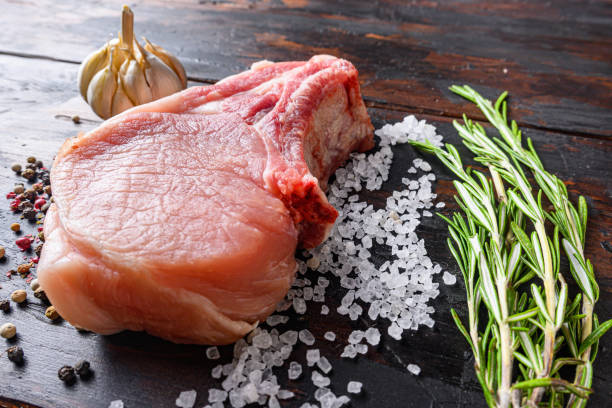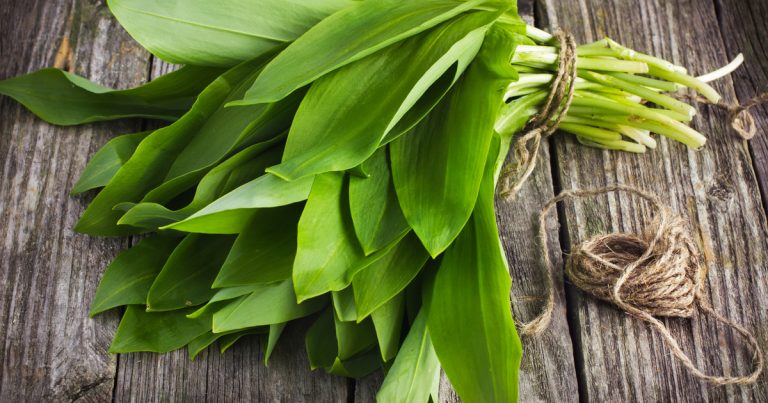To get your dirty work clothes really clean again, useful tips for cleaning work clothes. Because with the right pre-treatment and home remedies, effective cleaning is possible.
Clean dirty work clothes
After strenuous work in the garden or after a hard day’s work on the construction site, it can happen that dirt does not disappear with a simple wash. So that the dirt still disappears, you should add a simple household remedy to the laundry when cleaning work clothes:

Pre-treatment of work clothing
Since workwear is often heavily soiled clothing, you should pretreat it in the washing machine before washing it. So let them soak overnight. To do this, fill a bucket or the bathtub with water and add the household remedy baking soda. You can also moisten the dirty areas and rub in the miracle cure gall soap. Then let it soak for a while before you put it in the washing machine.
Clean work clothes with salt
In order to be able to effectively clean heavily soiled work clothing, you can add three tablespoons of salt to the washing water in addition to the detergent. This means that you can remove even stubborn stains without much effort and make your workwear look new. Also, note tips on how to effectively remove the following stubborn stains from your clothes:
- Tips for removing grass stains
- Easy ways to get rid of red wine stains
- Remove stubborn grease and oil stains
More tips on cleaning workwear
Either you have your work clothes dry cleaned, where professional people with the right equipment and resources will take care of your clothes. Or you try to get your work clothes clean yourself. You should also heed the following tips. Also, read how to remove tar stains from skin and work clothes.

- Always wash work clothes alone. This way, the rest of your laundry won’t get dirty.
- Wash soiled clothing at high temperatures. As a result, stubborn dirt is loosened.
- Instead of liquid detergent, use powder detergent to clean your workwear.
- Use special scented cleaners or detergent alternatives to neutralize odors.










